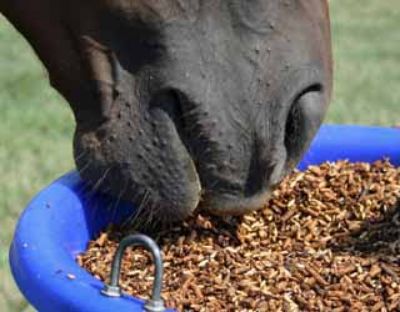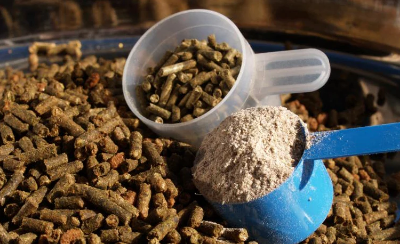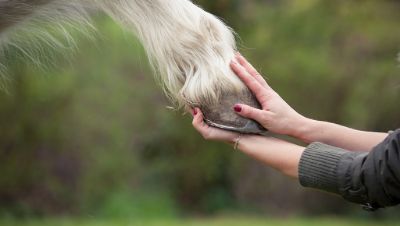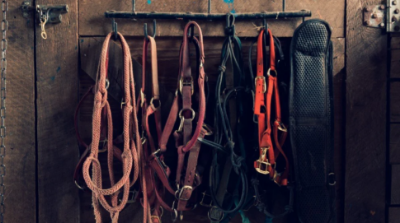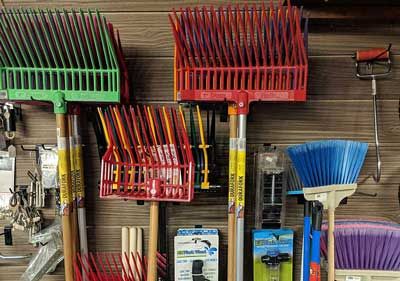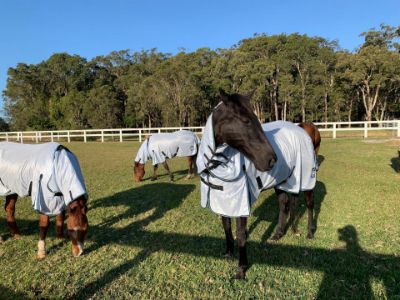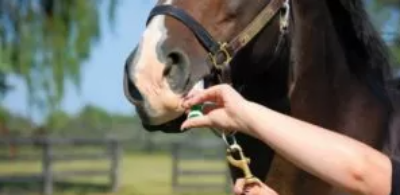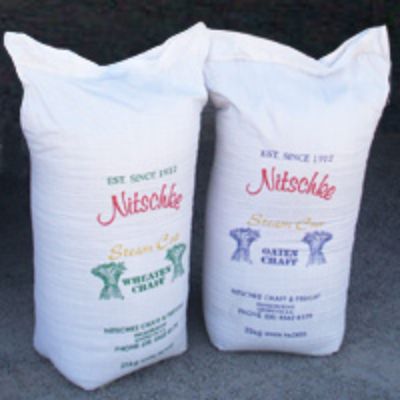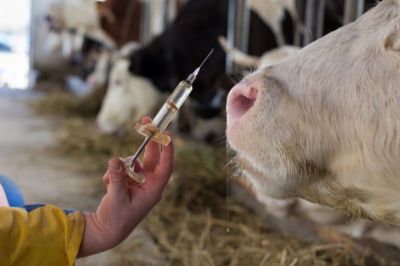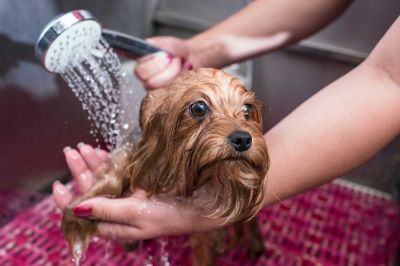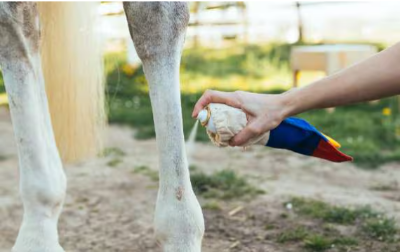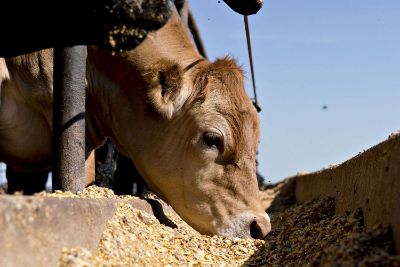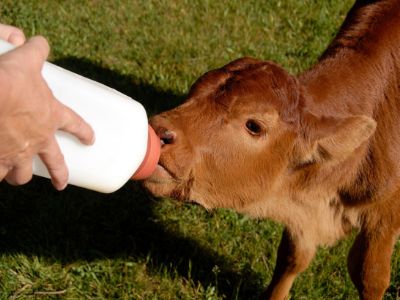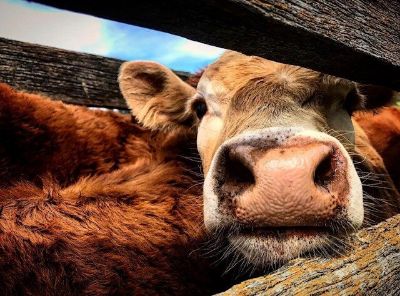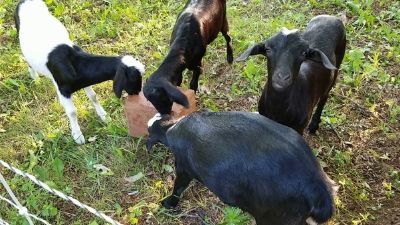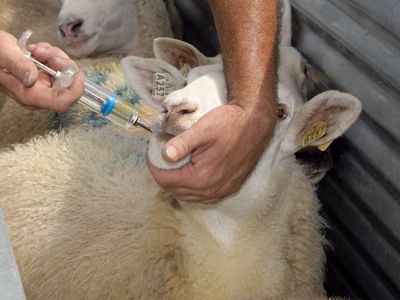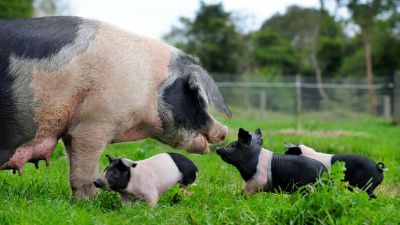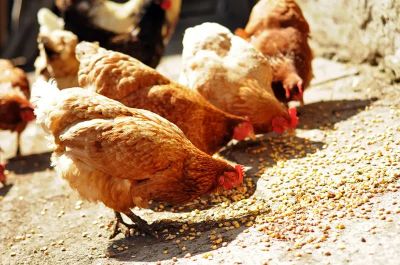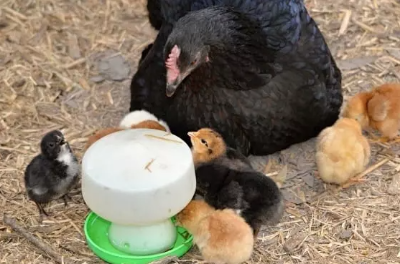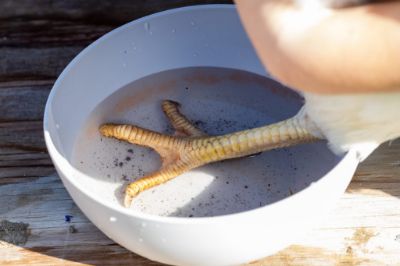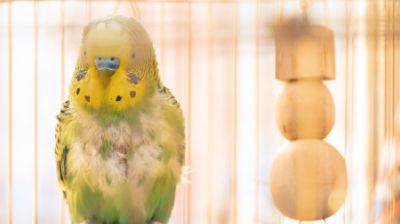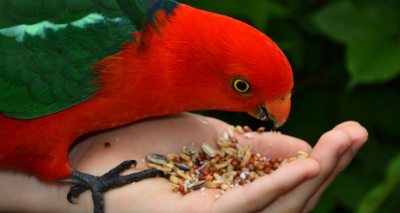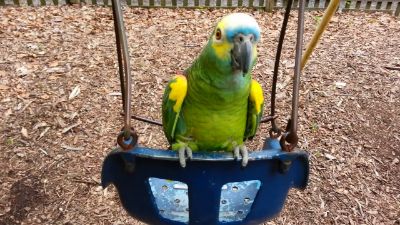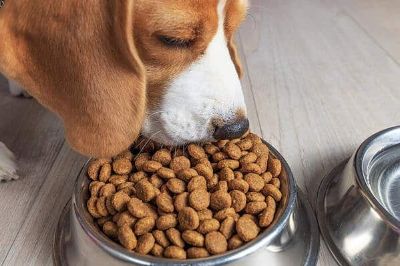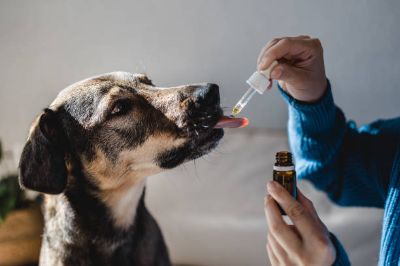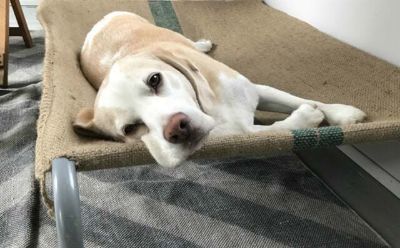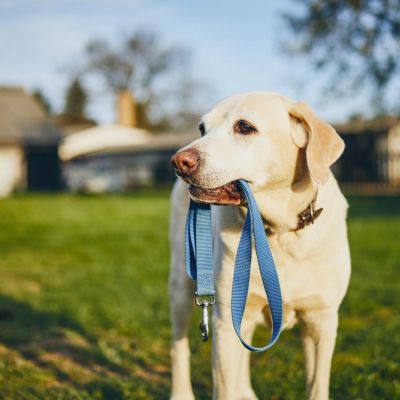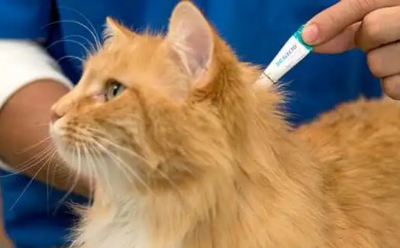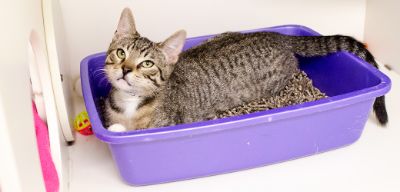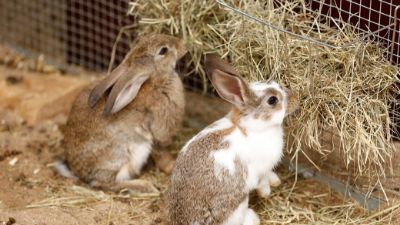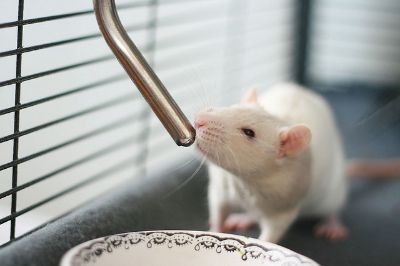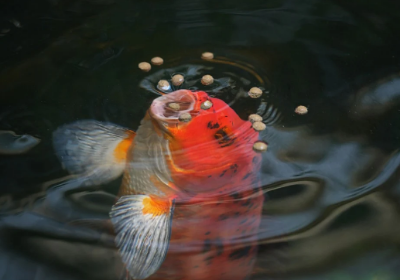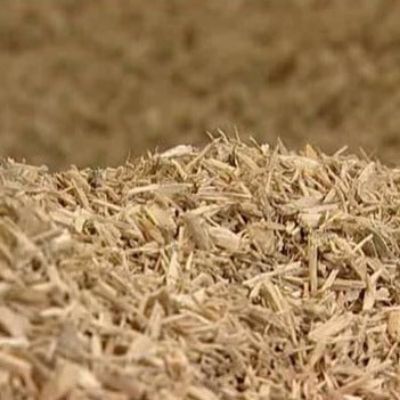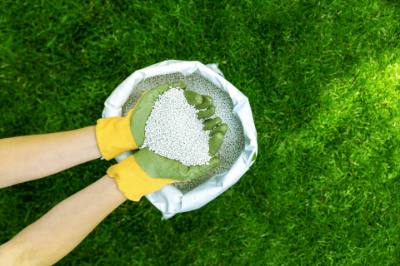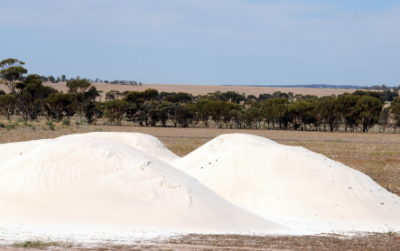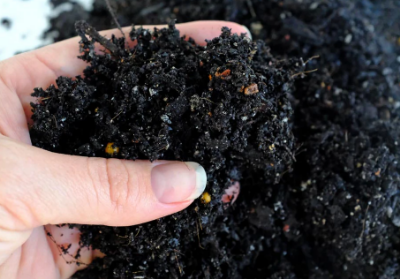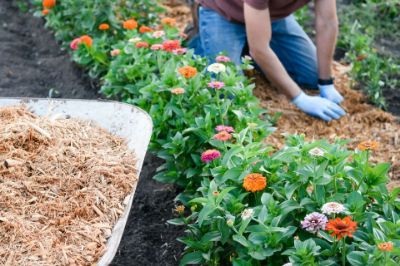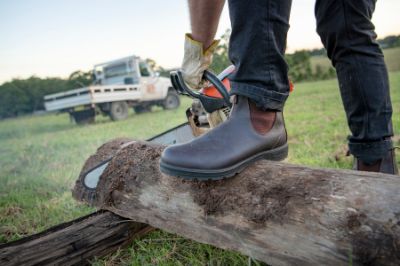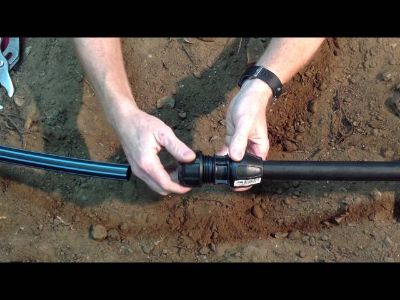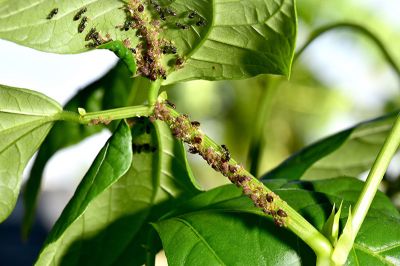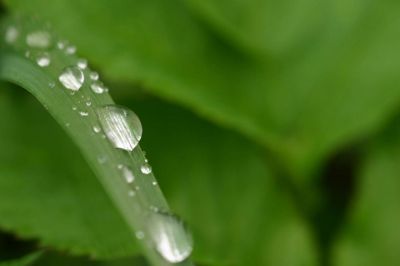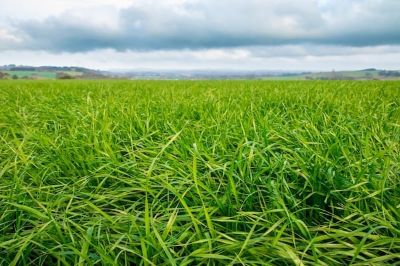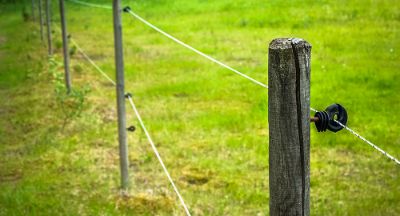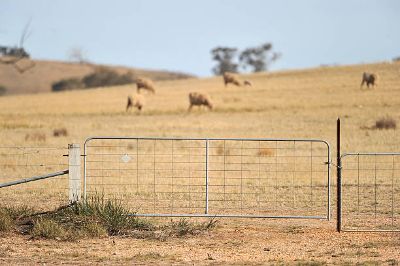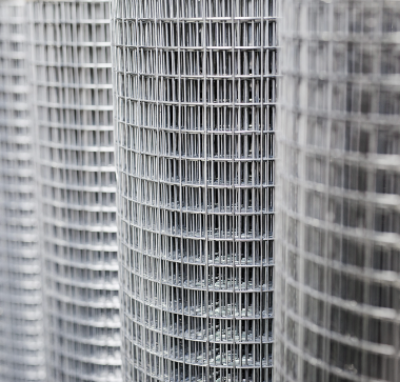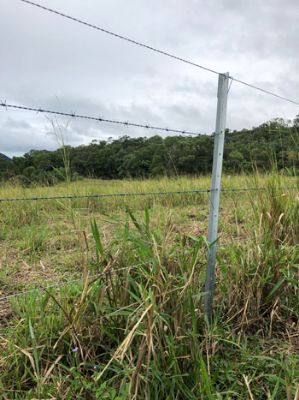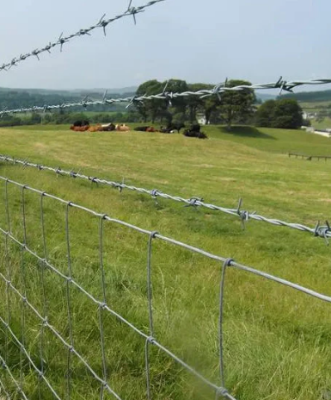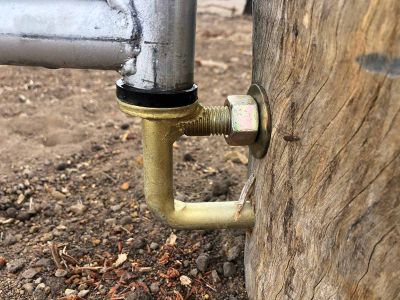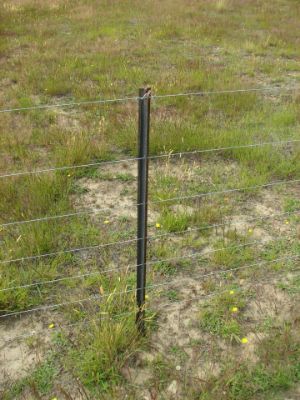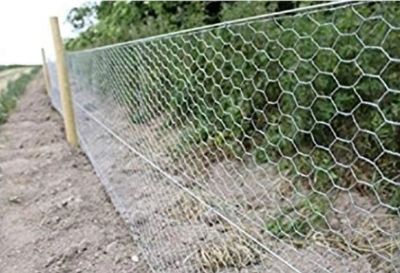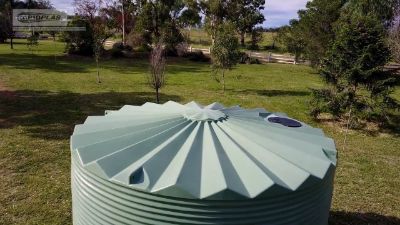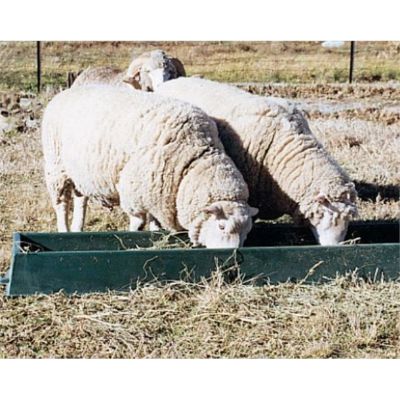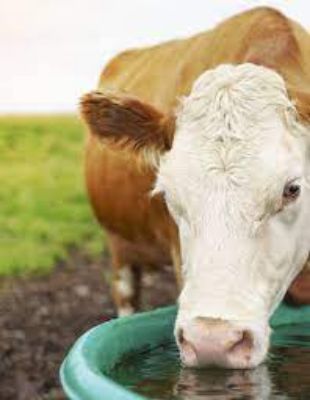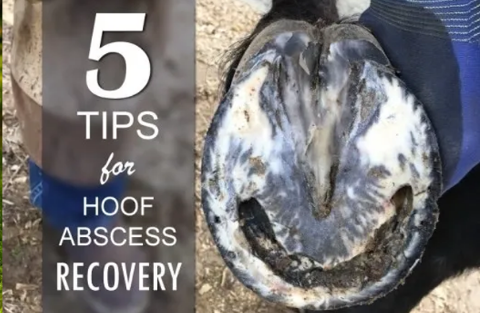
With the development of a hoof abscess, an energetic and active horse can suddenly become severely lame. It can happen quickly, painfully, and with no prior signs of a problem. Finding your horse in this state can be terrifying, especially if you’ve had little experience dealing with a hoof abscess. Luckily, with time, patience and proper treatment most horses will fully recover. In this blog, we will discuss five tips that can be utilized to assist in your horse’s recovery.
1. Follow Veterinarian and Farrier Instructions
The treatment and recovery from a hoof abscess require a team effort from the farrier, veterinarian and the horse owner. The horse owner’s role and compliance among this team is vital to the horse’s recovery. The responsibilities of day-to-day maintenance and the required care important for recovery fall on the horse owner’s shoulders. Neglecting these responsibilities can hinder the healing process or even create a more severe issue. It is also important that the horse owner trusts the decisions and treatment methods mapped out by the veterinarian and farrier.
2. Protect the Abscess Exit Wound
The pain that occurs from an abscess is due to exudate buildup that creates pressure within the hoof. To relieve the pain and begin healing, this pressure must be relieved. Many treatment methods involve the surgical draining of the hoof abscess by the veterinarian. In some cases, the build up will rupture out of the coronary band on its own. In either case, there will be an open wound where the pressure was relived. This wound is an open source for microbial invasions and debris to enter. This is especially true if the wound is located on the sole of the hoof. Infections, new abscesses or other issues can develop if the wound is not properly treated.
Your farrier or veterinarian may advise you to wrap the hoof depending on the location of the exit wound. If this is the case, follow their instructions carefully and regularly change the wrapping. Once the abscess has completely stopped draining, packing the exit wound with an anti-microbial clay may also be recommended.
- *Do not utilise a hoof packing or topical that contains harmful chemicals or that blocks oxygen to the hoof.
3. Promote Hoof Quality
A hoof abscess will compromise the integrity, structure and quality of the hoof. The goal is to rebuild hoof quality to where it was, or better than it was before the abscess. This can be accomplished through quality hoof supplements, such as Hoof Pep.
You may also want to examine your horse’s diet during this time. Since your horse is not as active it may require less calories to maintain its current body weight. Overweight horses tend to have more hoof problems due to the extra weight the hooves are supporting. .
4. Manage Environmental Conditions
The environment can make it more difficult for your horse’s hoof to heal after an abscess. As previously mentioned, the exit wound from the abscess acts as an entry point for microbial invasions and debris. Exposing your horse to excess moisture, urine, feces and mud will predispose your horse to continued infection. Keeping clean stalls, dry bedding, and limiting the hoof’s exposure to wet and muddy conditions assist in healing and maintaining the health of the hoof.
Lastly, pay attention to the type of terrain surrounding your horse. Hard surfaces and rocky environments can typically further wear down the hoof. This wear and tear lead to the development of cracks, chips and other hoof defects. Loose pebbles and gravel can penetrate these defects or the recovering abscesses wound, thus creating another infection. This is especially important during recovery when the hoof may still be weakened and tender.
5. Maintain a Farrier and Maintenance Schedule
It is vital that you continue scheduling regular farrier appointments. Ensuring your horse’s hooves are balanced and, if needed, supported with the correct shoes will assist in the healing process. Your farrier will also monitor the recovery of the hoof and manage any other issues that may arise. With hoof abscesses it is typical for horses to unevenly distribute weight to relieve pressure off the infected hoof. In doing so, your horse’s other hooves become more susceptible to many hoof related issues such as cracks, splitting, laminitis and additional abscesses. Your farrier will help mitigate this issue through balancing and maintaining the other hooves.
Your farrier is not the only one responsible for your horse’s hooves. It is ideal that every horse owner ensures their horse’s hooves are being properly picked and cleaned daily. This ritual removes unwanted debris and acts as a preventive measure to future infections and hoof problems.
Hoof Abscess Recovery
Recovery from a hoof abscess can be a long and drawn out process. There is no easy route, but you can help the recovery along by fulfilling your horse’s needs. Supporting your horse during this healing time can speed up recovery and build a better more resilient hoof. If you believe your horse is currently suffering from a hoof abscess, please seek the advice of your veterinarian or farrier as soon as possible. The sooner a hoof abscess is found and treated, the faster your horse will recover.

